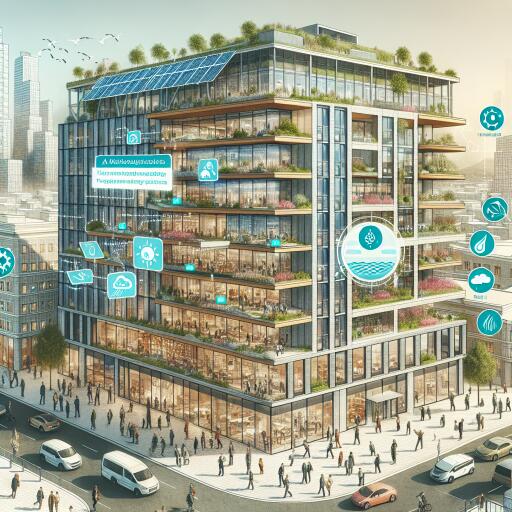
New Weather Method Boosts Building Efficiency
With the undeniable impact of global warming and climate change, there is a growing uncertainty surrounding the meteorological conditions used in evaluating the energy efficiency of buildings. Traditional methods of generating meteorological data have often struggled to effectively manage the complex interplay of elements such as solar radiation, air temperature, and humidity, all of which play a crucial role in determining energy usage and efficiency.
To tackle this issue, innovative research has led to the development of a groundbreaking evaluation method. A team of dedicated researchers has crafted a statistical model adept at representing the interdependence of crucial factors, thereby enabling the generation of probabilistic meteorological data that promises greater accuracy in simulations.
This pioneering approach involves modeling various meteorological parameters like temperature, solar radiation, and humidity at different times throughout the day and year. By encompassing a full 24-hour cycle and extending to the entire calendar year, the method generates comprehensive meteorological data reflective of realistic weather conditions.
One of the key advantages of this method is its ability to consider the interdependencies among different meteorological variables, which markedly enhances the precision of building energy simulations. The generated data closely mirrors the original data set, underscoring the method’s reliability and effectiveness.
This innovation serves as a significant promise for the design of energy-efficient buildings that are capable of adapting to diverse weather conditions. Through this approach, architects and engineers can better predict and optimize energy consumption, thus promoting sustainability and reducing carbon footprints.
The potential applications of this new method extend beyond just energy consumption assessments. It opens avenues for more sophisticated environmental and economic evaluations, ensuring buildings are not only constructed for immediate performance but are also resilient and sustainable in the long term.
Ultimately, this research heralds a future where the building sector can contribute meaningfully to mitigating the effects of climate change through improved energy efficiency and adaptive design practices. Embracing such advancements propels the industry towards a more sustainable trajectory, with long-lasting benefits for both the environment and society.





Leave a Reply